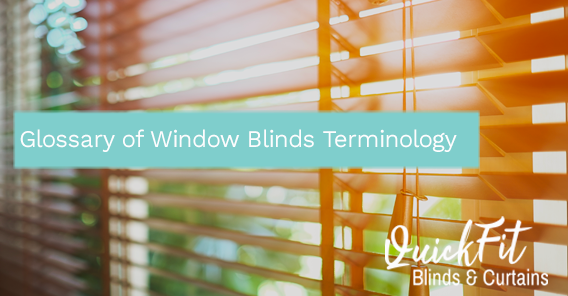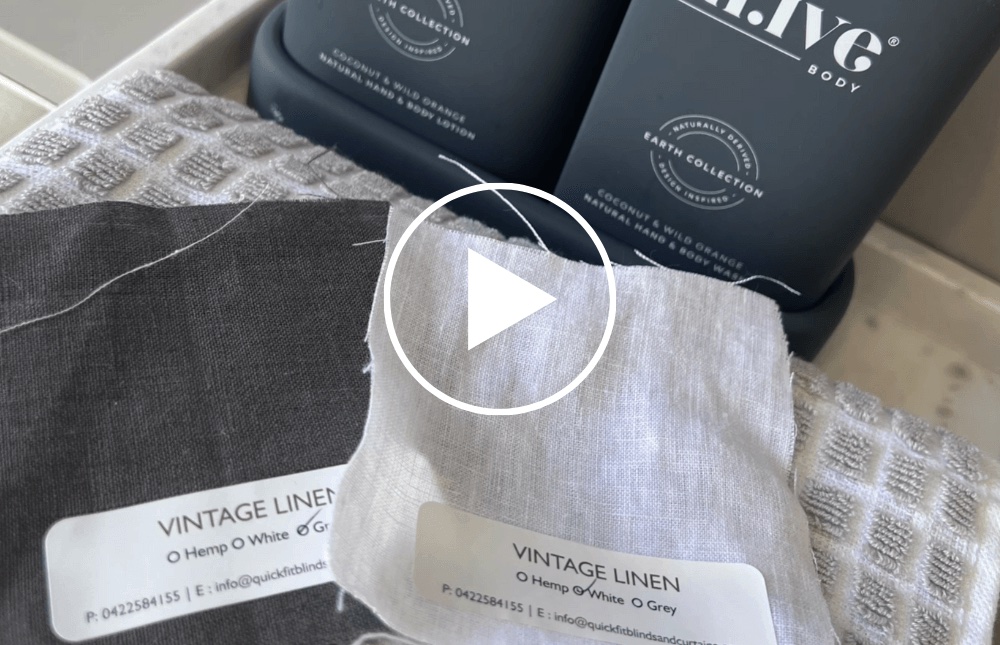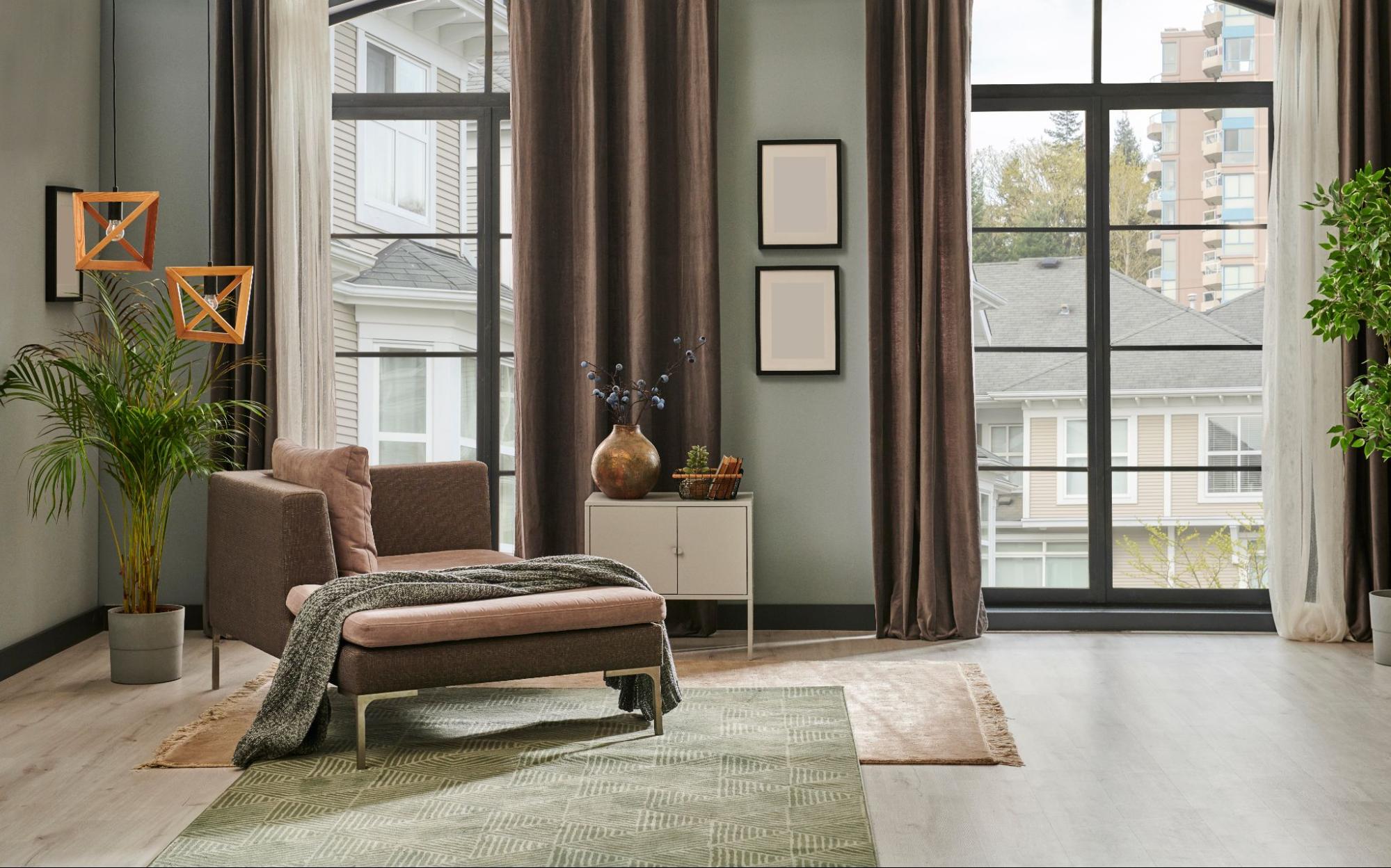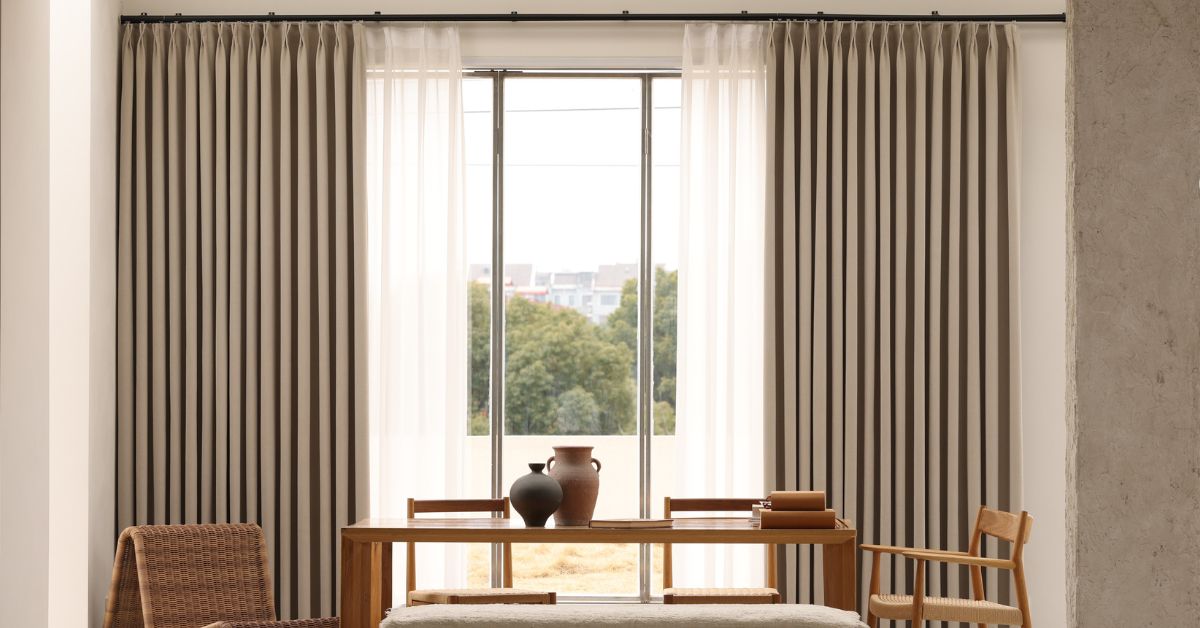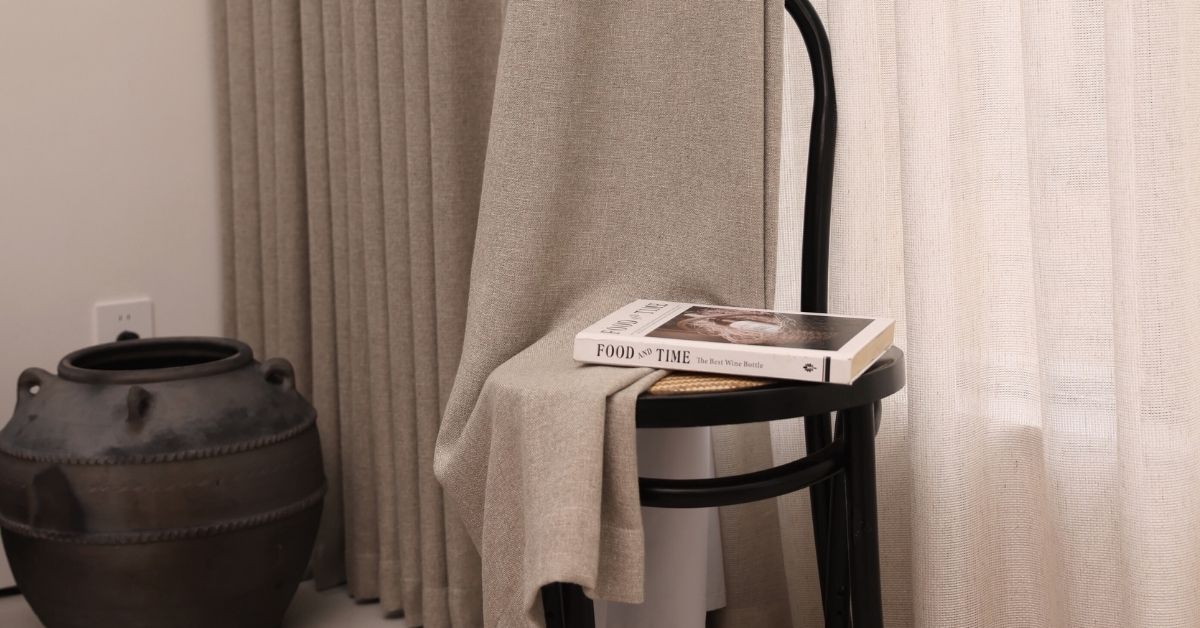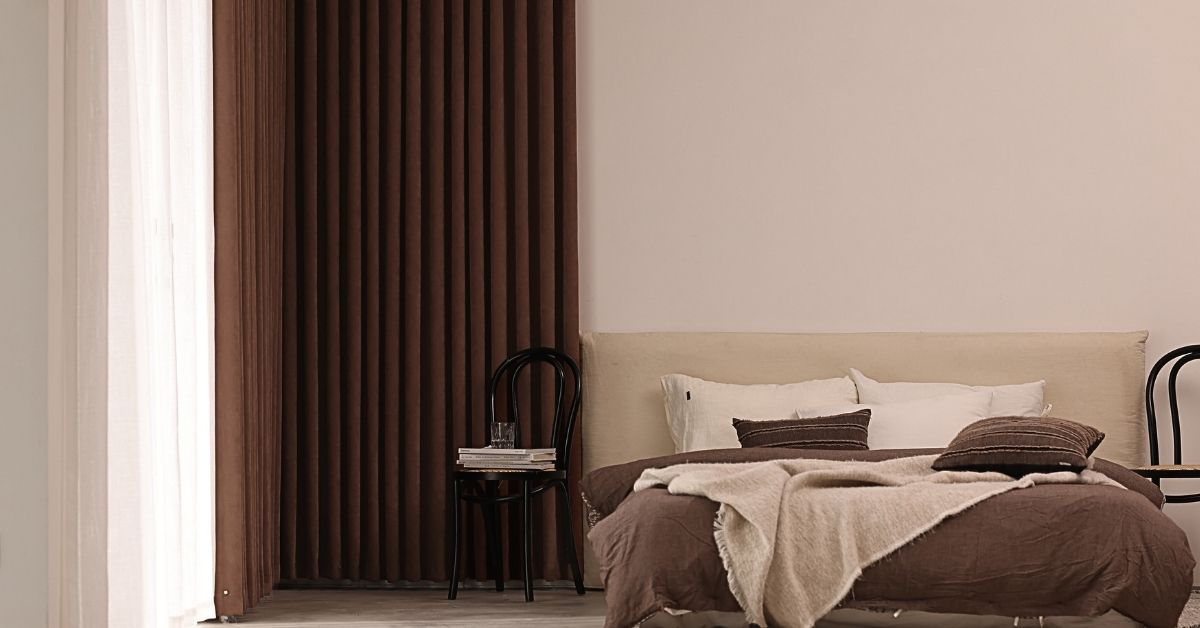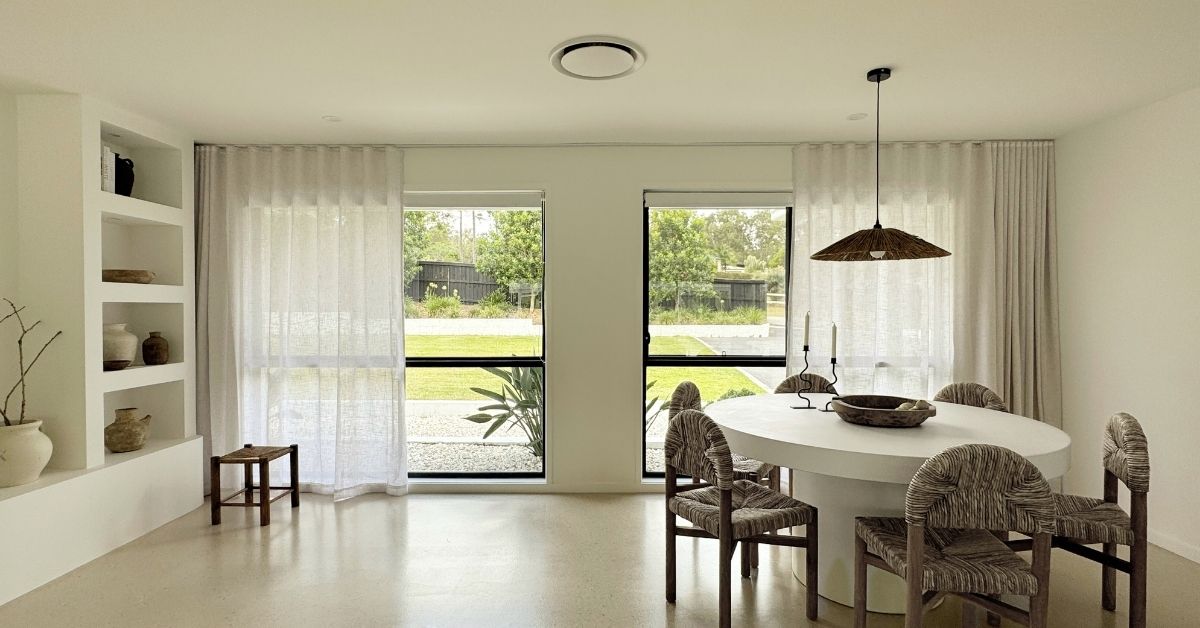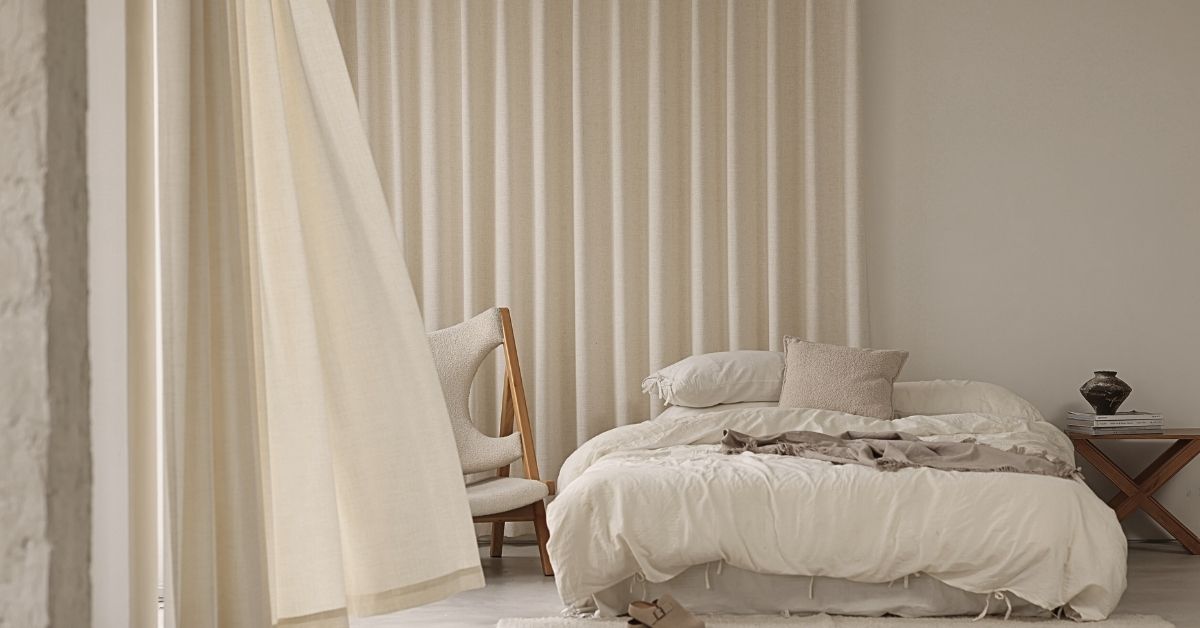Buying blinds online can sometimes feel like a daunting task - especially with all the different terminology that manufacturers and suppliers use! There are a wide variety of different blinds, and each style of blind is suitable for different areas within the home. Whether you’re looking to darken a room, making it more suitable to sleep, or you're trying to add more privacy to an area of your home, there’s a blind option out there that will suit your individual needs.
So if you’re in the market for new window blinds and want to shed some light on the different terms you may come across whilst shopping then read on. Quickfit Blinds and Curtains are all about making shopping for window treatments as stress-free and easy as possible! Below is a guide to the most common types of window blinds as well as the answers to some frequently asked questions about them.
Blinds or Shades?
A question we get asked all too often is what ‘s the difference between blinds and shades. Although these two terms are often used interchangeably and often to describe similar products depending on the different supplier or manufacturer you’re speaking to, they are in fact different products.
The term ‘Blinds’ is used to describe a window treatment that is made up of slats that are either vertical or horizontal. These slats or ‘louvres’ can be rotated in order to control the amount of light that enters a space or the amount of privacy you want to achieve. Blinds are often produced using a sturdy material such as wood, veneer or plastic. As well as rotating the slats to open and close blinds they can often also be opened fully by pulling the slats together, this allows further light or privacy control. The benefit of installing blinds is that they tend to be hardwearing and perfect for high traffic areas of the home. They also have a slim profile so do not take up much room and are a great choice for contemporary interiors.
On the other hand, the term ‘shades’ is used to describe a window covering that is made from a piece or sheet of material, often a fabric, that can be raised or lowered. Unlike blinds, shades do not have slats. As shades are usually made using fabric they can be a great choice for traditional homes when a standard blind may look too modern for the space.
Although these two terms are used to describe two different products, recent times have seen manufacturers using the term ‘blinds’ to describe products that may or may not have slats, and that are made using a wide variety of different materials.
Types of Blinds & Shades
Depending on the term your supplier prefers to use both blinds and shades can come in a variety of styles. Below is a list of the most commonly used blinds and shades as well as some of the benefits of adding them to your home.
Roller Blinds / Shades
Although this style is technically a shade, it’s more commonly referred to as a roller blind. This type of window covering is designed with a piece of fabric that uses a winding pole mechanism at the top of the window to raise or lower the blind and cover the window.
The benefit of installing roller blinds is that the simple mechanism gives the blind a clean, minimal look and slim profile, making them a good choice for smaller windows. Roller blinds tend to be one of the more cost-effective styles of blind and are also quite easy to install.
Vertical Blinds
Vertical blinds are a perfect option if you’re looking to cover a larger area from ceiling to floor, for example, those looking to cover large glass doors that lead into your garden or patio area. Vertical blinds are, as the name suggests, made from vertical slats that are individually attached to a track. You can get vertical blinds produced in different materials, however, they are usually made using a thick fabric of vinyl. The slats of vertical blinds can be rotated to control the amount of light and privacy within a space, they can also be opened fully by sliding the slats to the left or right.
Prices of vertical blinds vary depending on the size and materials you require. However, they are easy to install and the slats can be removed from the track making them easy to clean and maintain.
Venetian Blinds
Venetian blinds are probably the most commonly seen blinds and the type of product most think of first when considering the many different types of blinds on the market. Made from horizontal slats, this classic, timeless style can be used in any area of the home. Venetian blinds can also be made using a very wide variety of materials. Metal Venetian blinds can give a room an industrial feel, whereas white timber Venetian blinds will give your windows a high-end, luxurious look.
Because they are available in a multitude of different materials, Venetian blinds can suit any area inside the home. The slats can be rotated in order to allow more or less light to enter your space or they can be opened entirely by pulling the slats up to the top of the frame.
Roman Blinds / Shades
Roman shades (more commonly referred to as roman blinds) are made from fabric that is often weighted at the bottom. This fabric lays flat when the shade is closed and gathers in a horizontal pleat when the shade is open.
The benefit of installing this type of shade is that you can choose to have roman blinds made in a fabric that compliments your existing design scheme.
Cellular Blinds
Cellular or Honeycomb blinds are named due to the way in which the material is constructed to produce this type of window treatment. Often made using a soft, thin fabric, this type of blind is probably one of the best options if you’re looking for an eco-friendly way to keep your home warm or cool and keep energy bills to a minimum. This is because the honeycomb-like construction of the material traps and holds onto the air and therefore insulates the windows.
Choosing The Best Fabric For Your Blinds
As well as choosing a style of blind or shade to suit your home you’ll also need to consider the type of fabric you choose for your window covering. Although many people often choose a neutral shade for blinds there’s no reason why you can’t experiment with colour, making your blinds a real feature in the space.
You can also add beneficial qualities to your blinds by choosing specialised fabrics. For example, choosing a blockout fabric for your blinds could help keep your home warmer during the colder months as the material will block the sun's rays from entering your space and warming the room. Quickfit provides a made to measure blinds service, allowing you to not only choose the perfect style of blind for your home, but also the fabric that your blind will be made from.
~
We hope that the information above has made navigating your way around the different terms used for window blinds much simpler. Quickfit Blinds and Curtains believes that buying any type of window treatment should be an easy process. For more information on the different types of window treatments, we offer along with similar articles to this one such as the Glossary of Curtain Terminology, head over to our blog.

